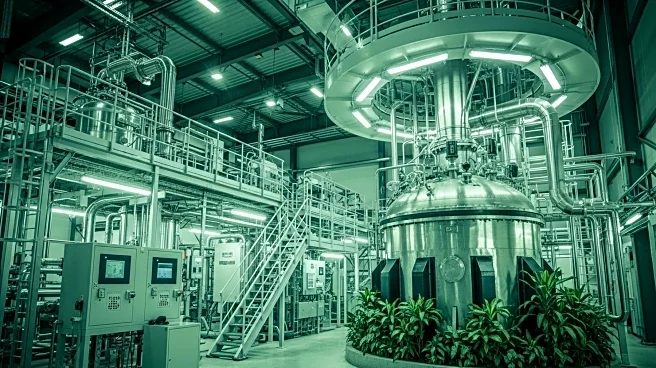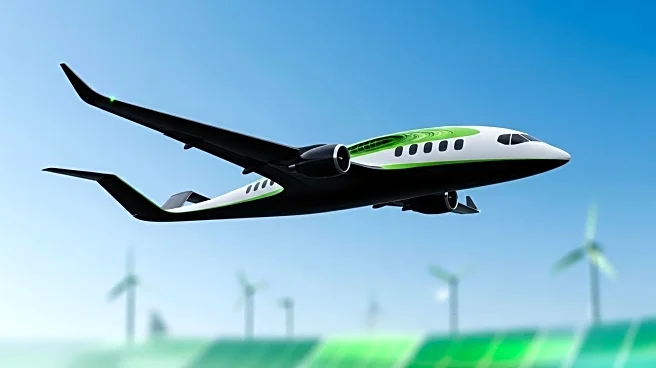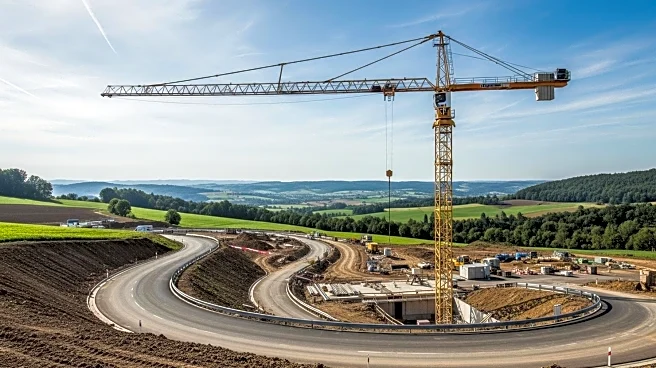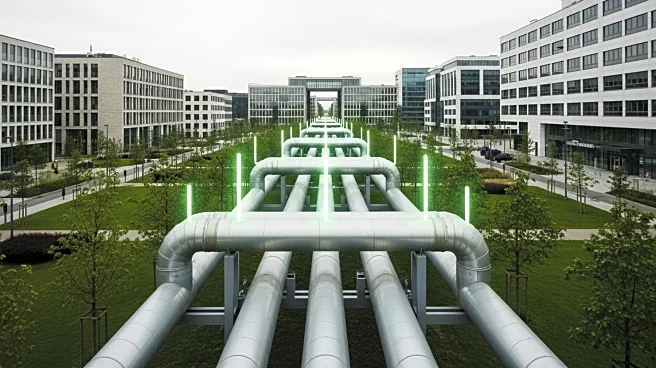What is the story about?
What's Happening?
Leeds Bradford Airport (LBA) is conducting an eight-month feasibility study to explore the production and use of Electrolysis Sustainable Aviation Fuel (eSAF) at its site. The study, funded by the Department for Transport with £1.5 million, aims to determine if eSAF, made from carbon dioxide and water, can be manufactured locally and used to power aircraft. The initiative is a collaboration between the University of Sheffield, the University of Leeds, and LBA. While sustainable aviation fuels (SAFs) still release carbon when burned, they do not add to the overall atmospheric carbon load due to their recycled nature. LBA Chief Executive Vincent Hodder emphasized the science behind eSAF, noting its potential for a circular carbon movement. Leeds North West MP Katie White highlighted the study's importance in reducing emissions and creating jobs.
Why It's Important?
The study represents a significant step towards decarbonizing the aviation industry, one of the hardest sectors to address in terms of emissions. If successful, it could lead to the establishment of a production facility at LBA, powered by green electricity, to manufacture eSAF. This development could position the region as a leader in sustainable aviation fuel technology, potentially influencing broader industry practices. The initiative also aligns with global efforts to reduce reliance on fossil fuels and transition to cleaner energy sources, which is crucial for meeting climate targets.
What's Next?
Should the feasibility study prove successful, plans may proceed to build a production facility at Leeds Bradford Airport. This facility would extract carbon and hydrogen elements to create eSAF, potentially leading to wider adoption of sustainable fuels in aviation. The campaign group Transport and Environment has welcomed the initiative but cautioned about the challenges in scaling SAF production to meet industry demands. Continued collaboration and investment will be necessary to overcome these hurdles and achieve commercial-scale production.
AI Generated Content
Do you find this article useful?















